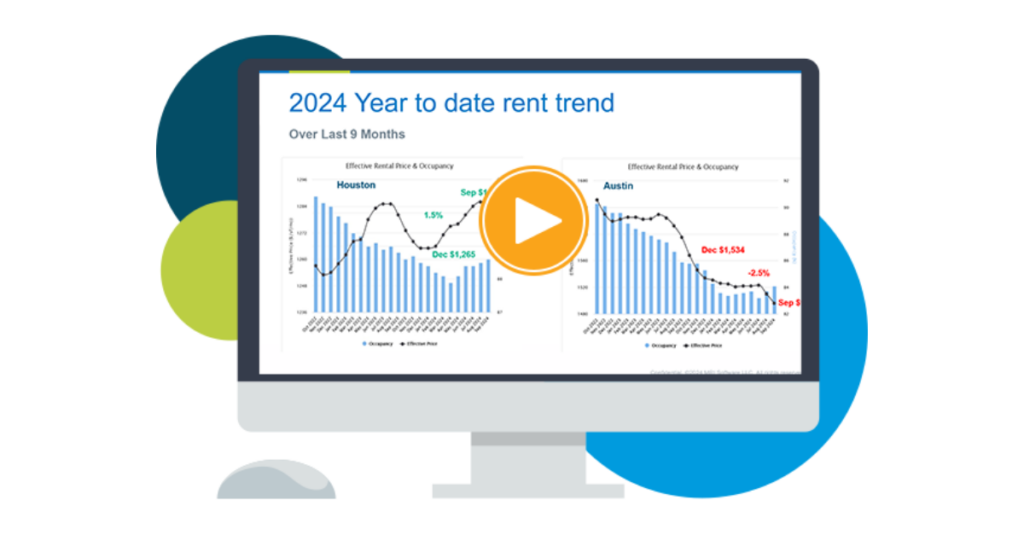Multifamily data research: package delivery pain points
It’s no surprise that online shopping is becoming more ubiquitous. Multifamily data research estimates that each resident on average will receive 9.41 packages each month in 2022, with that number going up to 10.65 in 2023. So, what’s a property manager to do?
Receiving packages has been a concern for years. However, the coronavirus pandemic in 2020 quickly stretched many apartment communities to the limit. This highlights a need for package management solutions for multifamily communities.
The increase in packages arriving to apartment residents has certainly raised issues for many communities, including:
- Space issues
- Package tracking problems
- Liability issues
- Pick up bottlenecking
- Staff hours spent sorting
- Scheduling issues when apartment offices are closed
Multifamily data projections indicate that online shopping and package deliveries are only going to increase. Therefore, it’s time to devise solutions to deal with packages in your communities.
Multifamily data research suggests package management is a lucrative amenity
One school of thought for packages arriving for residents is to take property management out of the equation. Many do this by informing tenants that management isn’t responsible for accepting deliveries. This might encourage your residents to ship packages elsewhere or to utilize signature-required shipping. However, multifamily data research shows that many residents now see package management as a vital amenity. In fact, one survey found it was ranked as the second most important amenity, just behind on-site gyms.
Therefore, many multifamily communities are taking note and designing policies to properly handle resident packages. One common solution is to install on-site package lockers in 24/7 access areas. This allows delivery personnel to place parcels inside lockers for residents to pick up at their convenience. Other communities are creating parcel rooms with high tech solutions for access control and security. Some other property management companies are turning to third-party businesses to handle resident packages off-site.
Residents in different markets may expect different things from package management amenities. For example, some may want self-service options, while others may want packages delivered right to their apartment door. Property management data can give you intel on what your competitors are doing so you can design solutions to suit your residents.
The trouble with packages in multifamily communities
Time and space are some of the biggest pain points for property managers when it comes to package management. Not only is the volume of deliveries going up, but today tenants can order any number of oversized items for delivery. Things like mattresses, couches, and other large items simply don’t fit in many package lockers or parcel rooms. Even large amounts of small packages can quickly take up all the space in a large room. Having dedicated package storage space is important, but multifamily data research shows that any package management solutions you adopt need to be scalable for future needs. Therefore, you may need more space as time goes by to accommodate the rise in online shopping.
In addition, many property managers are noticing that staff are spending a lot more time on package management. This time includes things like letting delivery persons inside gates or lobbies, accepting and sorting deliveries, arranging parcel pickups, and more. This can create workload issues that property managers may need to address, whether by rearranging work tasks, increasing workforce, or finding other solutions that require less labor from your staff.
In any event, if you haven’t started thinking about what the future holds for packages in your community, you may want to start road mapping now.
Multifamily market transitions: the changing dynamics of supply, demand, and financing
The multifamily market activity we’ve witnessed since the end of the global pandemic has become a familiar pattern of instability, characterized by extreme shifts in rental growth, supply levels, and absorption rates. Several factors, including the m…
